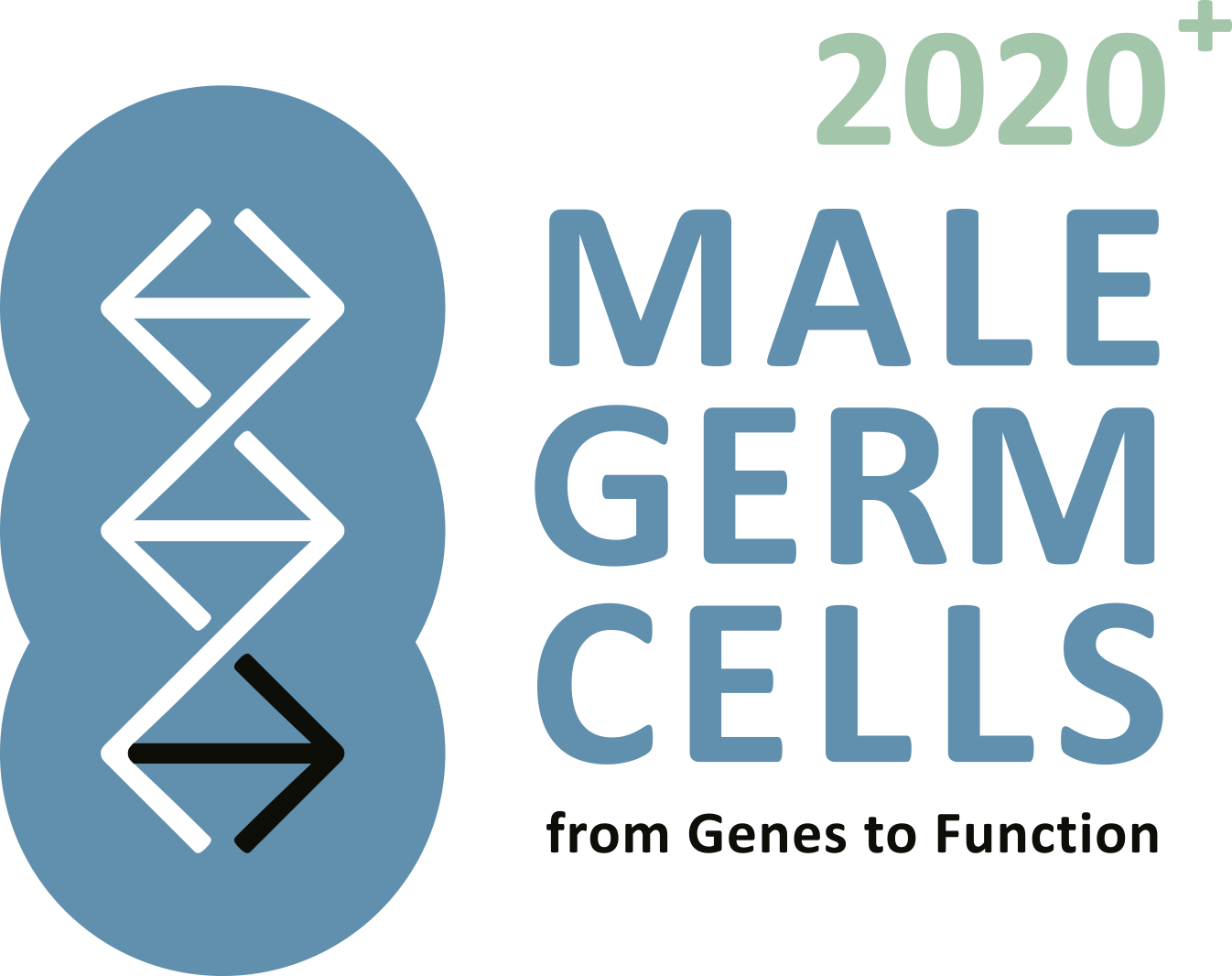P1: Novel genetic causes for severe spermatogenic failure
P1 becomes P3 in the CRU renewal application 2020+.
Frank Tüttelmann, Institute of Reproductive Genetics (Homepage)
Male infertility is in about 10-15% associated with azoospermia, the complete lack of spermatozoa in the ejaculate. The most common form is non-obstructive azoospermia (NOA) characterised by severe spermatogenic failure, i.e. qualitatively and quantitatively reduced or completely absent spermatogenesis. Azoospermia can in some cases clinically be overcome by testicular biopsy followed by testicular sperm extraction (TESE) and, if spermatozoa can be recovered, subsequent in vitro fertilisation (IVF) including intracytoplasmic sperm injection (ICSI). From the clinical point of view, the major challenge in evaluating azoospermic patients is identifying the underlying cause, because this has direct implications for treatment decisions and counselling, e.g. concerning health of the offspring. In the majority of azoospermic men a genetic origin is suspected, but current genetic testing, comprising conventional cytogenetic analysis and Y-chromosomal AZF deletion screening, only discovers the cause in ~20% of azoospermic men.
Non-obstructive azoospermia comprises a wide range of many unspecific and some specific testicular phenotypes like Sertoli-Cell-Only syndrome (SCOS) and Meiotic Arrest (MA). For the latter two, we previously identified some monogenic causes like mutations of the X-chromosomal TEX11 gene. With the advent of genome-wide approaches, it is now feasible to perform unbiased studies on the genetic origin of azoospermia. Thus, following our main hypothesis that male infertility due to severe spermatogenic failure (clinically noted as non-obstructive azoospermia) is caused by genomic mutations in a multitude of genes, we aim to identify and validate novel genetic causes by utilising genome-wide genetic analyses. To this end, we will detect Copy Number Variants (CNVs) by array-Comparative Genomic Hybridisation (array-CGH) and Single Nucleotide Variants (SNVs) by Whole-Exome sequencing (WES) on highly selected patients with azoospermia due to Sertoli-Cell-Only syndrome or Meiotic Arrest, follow-up prioritised candidate genes in several steps, and substantiate finding by concurrent functional analyses.
In perspective, we expect to more than double the fraction of currently ~20% of explained cases of azoospermia by assigning a specific genetic diagnosis to an additional 15-30% of men. Ultimately, we aim to introduce targeted sequencing of a panel of prioritised genes into clinical routine, which will allow for more precise risk estimates, better counselling of couples, and evidence-based treatment decisions.


